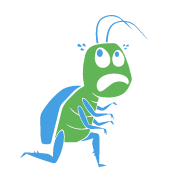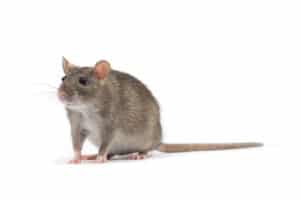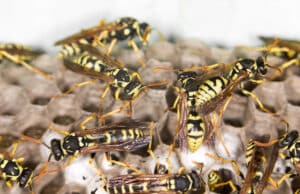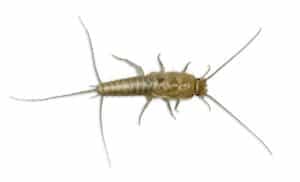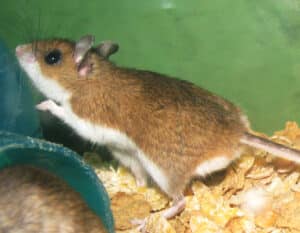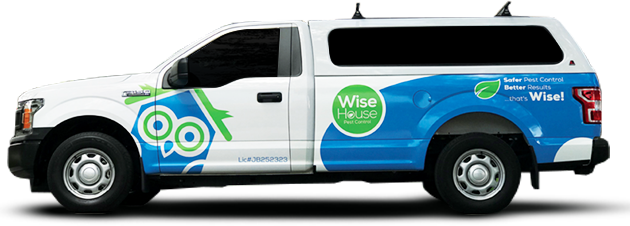Eastern Black Carpenter Ant
(Camponotus pennsylvanicus)
Pest Stats

Color
Black with slight reddish-brown shading on legs

Size
Workers range from 6 to 13 mm, with winged reproductives reaching up to 20 mm

Shape
Large, elongated body with a single-node waist, powerful mandibles, and a smoothly curved thorax

Region
Found across the eastern United States, including Florida, the Midwest, and as far north as Canada
What is Eastern Black Carpenter Ant?
The Eastern Black Carpenter Ant (Camponotus pennsylvanicus)
is one of the largest and most common carpenter ants in North America. Unlike termites, these ants do not eat wood, but they excavate tunnels in damp or decaying wood to establish nests. They are primarily nocturnal, making them difficult to detect until an infestation has grown. Homeowners often notice them foraging indoors at night, especially in kitchens and bathrooms. If left untreated, their tunneling can weaken wooden structures, leading to costly repairs.
What Do Eastern Black Carpenter Ants Look Like?
Eastern Black Carpenter Ants are entirely black, sometimes with reddish-brown legs or slight yellowish hairs on the abdomen. They have a large, robust body with a smoothly curved thorax and a single-node waist (petiole). Their mandibles are powerful, allowing them to chew through wood, and their long, elbowed antennae help them navigate their environment. Winged reproductives, which appear in spring and summer, can grow up to 20 mm, making them one of the largest ant species in North America.
Similar Ants
- Florida Carpenter Ant (Camponotus floridanus)
- Western Carpenter Ant (Camponotus modoc)
- Pennsylvania Carpenter Ant (Camponotus pennsylvanicus var. obscuripes)
Biology of Eastern Black Carpenter Ants
Habits, Threats, and Dangers of Eastern Black Carpenter Ants
Eastern Black Carpenter Ants
are primarily nocturnal, meaning they forage at night and are often unseen during the day. They do not sting but can bite with their strong mandibles and spray formic acid, causing irritation. Their biggest threat is structural damage, as their excavation of wood weakens walls, beams, and wooden furniture over time. They can also invade homes in search of food, often appearing in kitchens and pantries. If left untreated, their colonies can expand into multiple nests, making them harder to eliminate.
Read More
5 Ways to Prevent Eastern Black Carpenter Ants in Your Home

Eliminate Moisture and Wood Decay
Fix leaks, improve ventilation, and remove rotting wood or damp structural elements.

Seal Entry Points
Use caulk, weather stripping, and mesh screens to block small cracks and gaps.

Trim Vegetation
Keep trees, shrubs, and mulch away from the home’s foundation to prevent access.

Reduce Food Sources
Store food in sealed containers, wipe down counters, and clean up spills.

Use Professional Pest Control
Since these ants can have hidden satellite nests, professional pest control services are the most effective solution for complete elimination.
Need Help Getting Rid of Eastern Black Carpenter Ants?
If you suspect an Eastern Black Carpenter Ant infestation, contact a licensed pest control expert for inspection and treatment to prevent structural damage and keep your home protected.
Contact Wise House Environmental Services at 561-727-8239 for more information and a free quote on ant control services.
5 Ways To Keep Eastern Black Carpenter Ants Out Of Your Home

Store Food Properly
Ants are highly attracted to food inside the home. Keep food stored in airtight containers, clean up crumbs or spills immediately, and regularly empty trash bins with food waste.

Clean Regularly
Ants are resourceful and will find even the smallest bits of food. Regularly sweep, and wipe down countertops, especially in the kitchen and dining areas, to remove potential food sources.

Reduce Moisture
Fix leaks and eliminate damp areas to remove the moisture that Eastern Black Carpenter Ants seek out. Repair dripping faucets, leaky roofs, or poor drainage, and replace any damp or rotting wood.

Seal Cracks and Gaps Indoors
Inspect your home’s interior for small cracks or gaps where ants could enter. Seal any visible openings, especially around windows, door frames, baseboards, and along the edges of cabinets.

Don’t Leave Pet Food Out Overnight
If you have pets, avoid leaving their food out overnight. Ants are attracted to pet food, so clean up any leftover food, or place pet dishes in a shallow tray of water to create a barrier.
Our Customers Love Us!
See What They Are Saying


- Michael C.

- John U

- Benjamin N.

- Bob G.

- Aaron C.
Dedicated To Being The Pest Control Company You Can Rely On
Request a professional estimate!
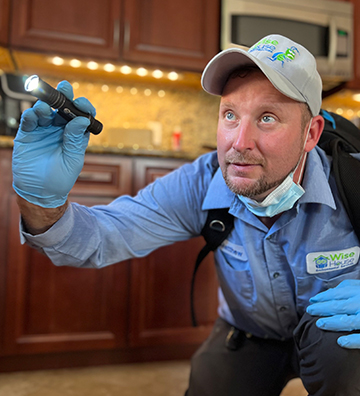
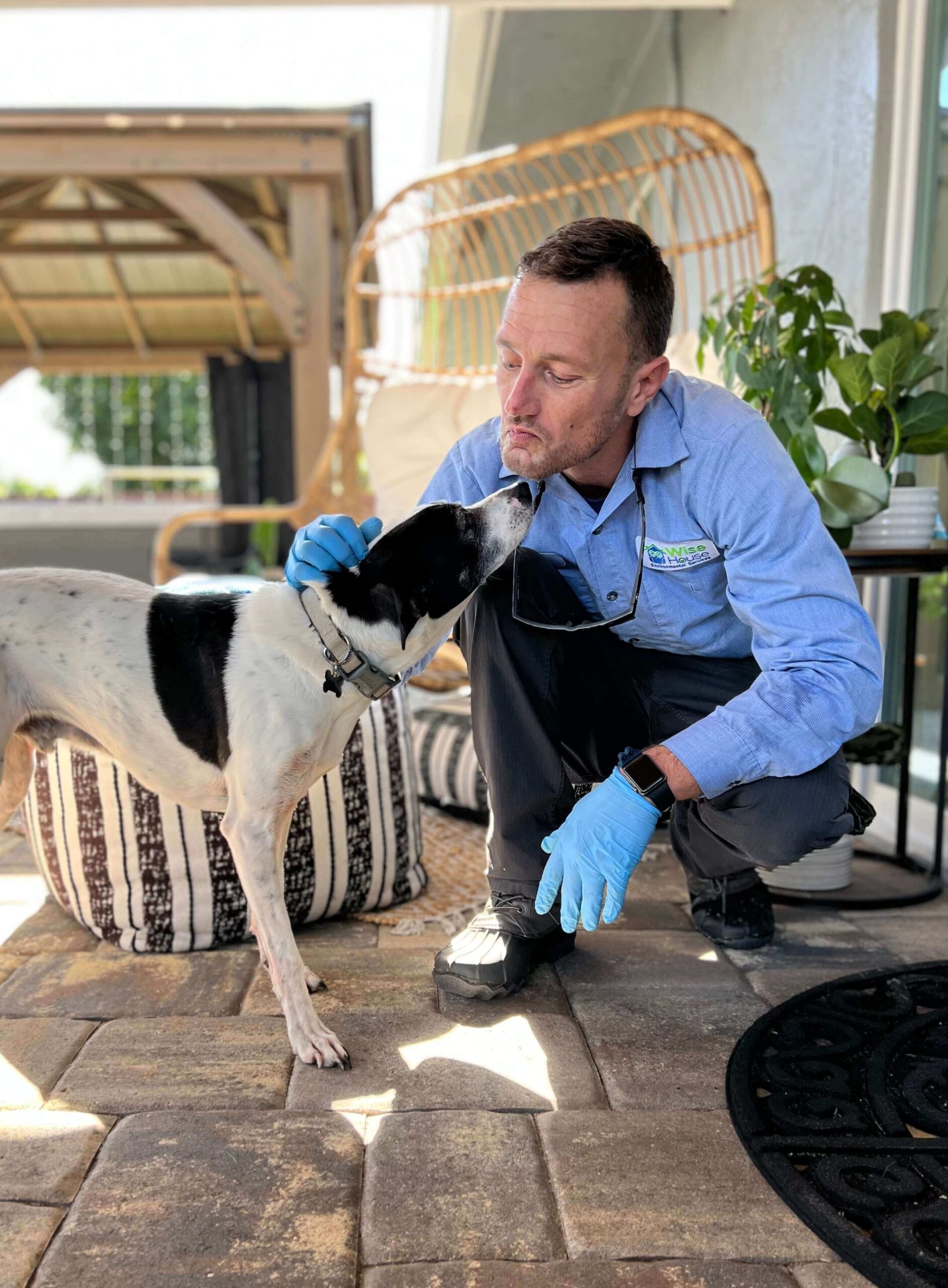
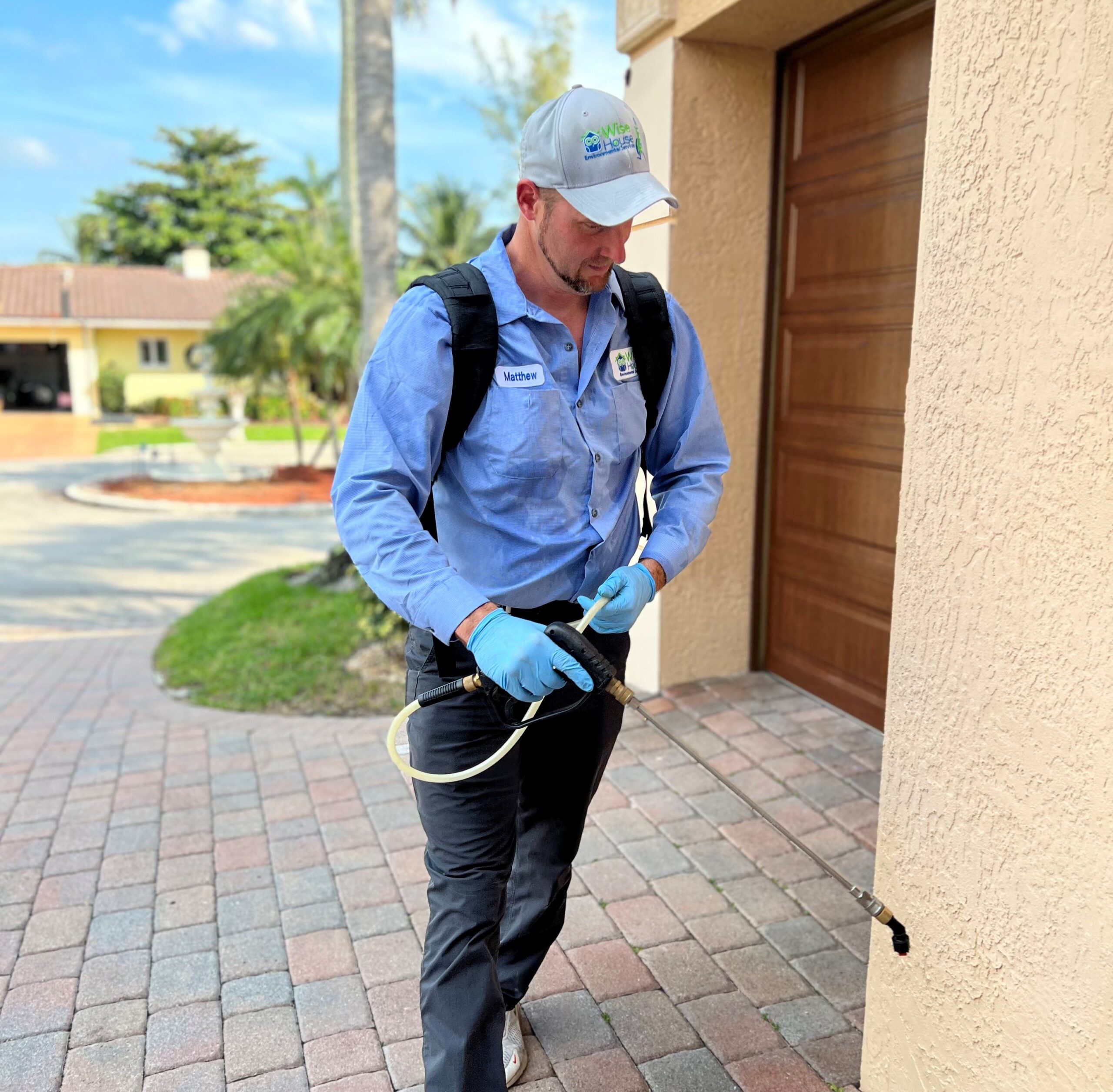
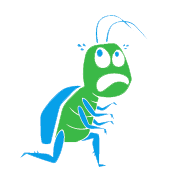
Request a Profesional Ant Quote!
Get an estimate!



